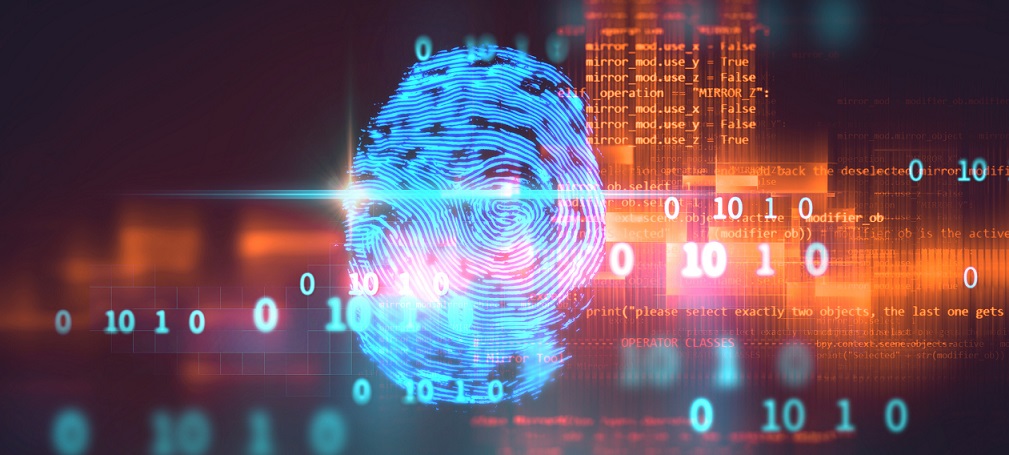
Facial Recognition Hardware to Grow over 50% each Year, but Software Solutions to be Present on 1.3 Billion Devices by 2024.
A new report from Juniper Research found that facial recognition hardware, such as Face ID on recent iPhones, will be the fastest growing form of smartphone biometric hardware. This means it will reach over 800 million in 2024, compared to an estimated 96 million in 2019.
The new research, Mobile Payment Authentication: Biometrics, Regulation & Forecasts 2019-2024, however notes that the majority of smartphone facial recognition will be software-based, with over 1.3 billion devices having that capability by 2024. This is made possible by advances in AI, with companies like iProov and Mastercard offering facial recognition authentication that is strong enough to be used for payment and other high-end authentication tasks. Juniper Research recommends that all vendors embrace AI to drive further developments of capabilities and therefore increase customer acquisition.
For more insights, download Junipers’s free whitepaper, The Impact of Regulation on Securing Mobile Payments.
The research also found that despite the ubiquitous nature of selfie cameras, fingerprint hardware will remain a dominant element in biometric payments, as sensors expand to emerging markets. Juniper Research anticipates over 4.6 billion smartphones worldwide will have fingerprint sensors installed by 2024, although their usage for payment will be significantly lower than this.
This expansion of biometric capabilities will bring the technology to more eCommerce platforms, as retailers seek to meet enhanced security requirements. Originally envisioned for contactless payment use, the report expects over 60% of biometrically-authenticated payments in 2024 will be for authorising remote payments. As the longest running biometric modality, fingerprint payments will take the lead in this market as standards coalesce around the technology more easily than for facial recognition payments.
“Many consumers are now used to making fingerprint-based biometric payments, both for contactless and remote payments,” remarked research author James Moar. “That familiarity and continued inclusion in smartphones will make it hard to displace in many markets.”
Banking 4.0 – „how was the experience for you”
„To be honest I think that Sinaia, your conference, is much better then Davos.”
Many more interesting quotes in the video below: